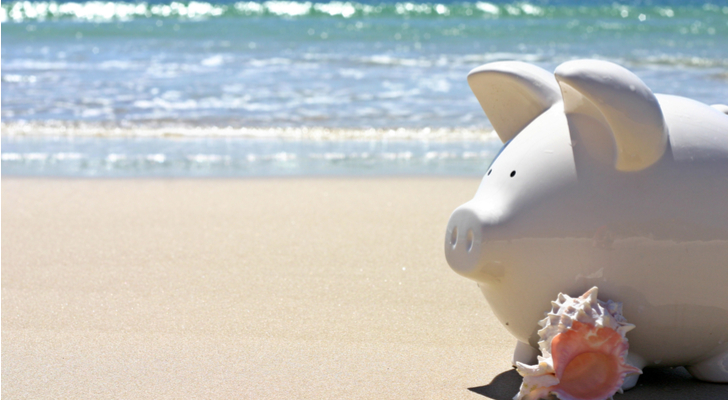
Source: Shutterstock
Are you having a hard time selecting the best retirement stocks for your portfolio? If so, you’re not alone.
Last April, I recommended seven of the best retirement stocks no one talks about. These were companies with market caps greater than $2 billion yielding 1.5% or more delivering five consecutive years of operating profits and thinly traded at 500,000 shares in average daily volume.
Some of them you’re familiar with and some you might haven’t a clue what they do.
Together, the seven stocks averaged a one-year total return of 7.7% with just two stocks in negative territory; all of them I’d have no problem owning today, including EPR Properties (NYSE:EPR), which has lost one-fifth of its value over the past year.
Unfortunately, the SPDR S&P 500 ETF Trust (NYSEARCA:SPY) nearly doubled the group’s performance at 14.8%.
Undeterred, I’ve selected seven more of the best retirement stocks no one talks about. Only this time, I’m going to up the average daily volume ceiling to a million shares instead of 500,000 to see if we can’t come up with some even better options.
Best Retirement Stocks: Honda (HMC)
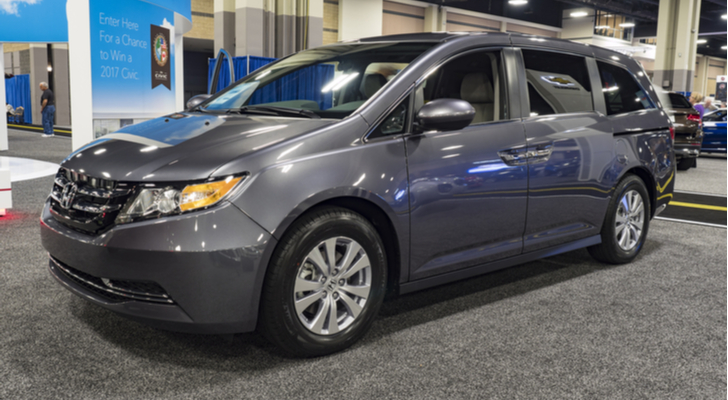
Yield: 2.5%
Even though car and truck sales have begun to slow after several years at a torrid pace, Honda Motor Co Ltd (ADR) (NYSE:HMC) is a great long-term buy because its vehicles remain with car-buying consumers.
The company set record U.S. sales in March despite both the Accord and CRV, which generated 43% of its volume overall, were down 13.1% and 6.5% respectively.
Not to worry, the Acura redesigns of both the TLX and RLX helped save the day; Acura’s March sales increased by 15.7% to 13,537 vehicles with over half from its SUVs.
Fear not, the Accord and CRV aren’t losing their popularity with consumers. The company chose to offer very little in the way of incentives in March on both vehicles. As we head into summer, Honda’s U.S. business will pile on the incentives and sales will come as a result.
In the third quarter ended December 31, 2017, Honda’s revenues increased 13.0% to $35.1 billion, while operating profits increased 37.0% to $2.5 billion.
For the entire fiscal year, Honda expects revenues to increase by 8.6%, while operating profits will decline by 7.8% as a result of pension plan changes and the settlement of its airbag class action suit. Take those out and it should make $913 million, an increase of 8.6% over last year.
Year-to-date it’s outperforming its peers by 215 basis points through April 10.
Best Retirement Stocks: Diageo (DEO)

Dividend Yield: 2.4%
Last year, I had the opportunity to trash a certain ETF only to change my mind less than eight months later.
The ETF in question?
The Spirited Funds/ETFMG Whiskey & Spirits ETF (NYSEARCA:WSKY), a collection of global companies manufacturing alcoholic drinks, including Diageo plc (ADR) (NYSE:DEO), the fund’s largest holding with a weighting of 17.5%.
Originally, I thought it was an expensive way to invest in the global trend to premium liquor brands, suggesting an investment in Diageo would do the same thing without having to pay a management fee.
Over the past year, the ETF generated an annualized total return of 29.6% compared to 25.1% for Diageo and 15% for the S&P 500.
Although I still believe an investment in Diageo is a great way to bet on the future success of premium spirits, you could make a lot worse investment decisions over the next few years than buying the WSKY ETF.
For those of you that care about the issue of gender pay equality, which I do, Diageo’s Great Britain unit has a gender pay gap of –9.8%, which means women at the company on average earn more than men. It is not, however, a reflection of equal pay for similar work.
Cheers!
Best Retirement Stocks: Canadian Imperial Bank of Commerce (CM)

Dividend Yield: 4.7%
The five big Canadian banks have long been regarded as some of the best-run financial institutions in the world, in large part a result of escaping the 2008 economic crisis relatively unscathed.
As risk-takers, Canadian banks rank well down the list, but for investors seeking juicy dividend yields, they’ve made wonderful investments.
In May 2012, I wrote Canada’s Banks: Better Than Most in which I took a quick look at the Canadian Imperial Bank of Commerce (NYSE:CM) and how it fared in comparison to JPMorgan Chase & Co. (NYSE:JPM), two banks that ranked highly in Bloomberg Markets’ second-annual rating of the World’s Strongest Banks.
CIBC was third; Jamie Dimon was 13th.
Also, in that piece, I highlighted three Canadian banks doing a lot of business in the U.S. — CIBC wasn’t one of them.
Well, that has changed in a big way in the past two years.
First, it paid $5 billion to acquire Chicago-based Private Bancorp in June 2017, a move that ups CIBCs U.S. profits to 10% of its overall profits. Eventually, the bank hopes to generate 25% of its annual profits in the U.S.
As Canadian banks go, CIBC is my favorite, and not just because it yields the most.
Best Retirement Stocks: Equity Lifestyle Properties (ELS)
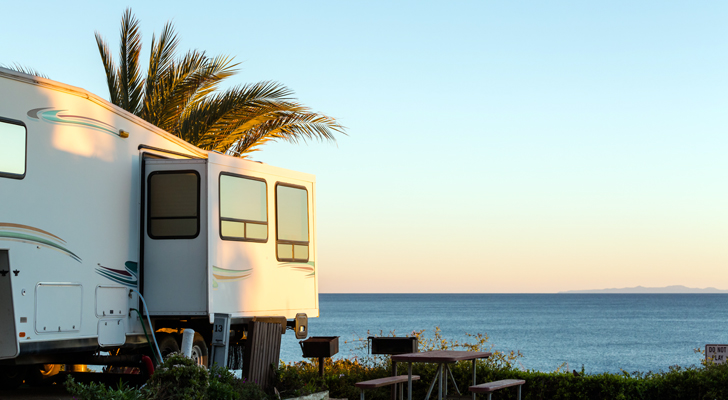
Dividend Yield: 2.5%
Of the seven best retirement stocks I’m recommending in this article, Equity Lifestyles Properties, Inc. (NYSE:ELS) would have to be the most boring, yet enticing option of the bunch.
Over the past decade, ELS stock has seen just one negative annual return, and that was a 14% drop in 2008. That year, the S&P 500 lost 37% and its residential REIT peers were off 23%.
All of this from owning land for manufactured home communities, RV resorts and campgrounds across North America. The company was founded in 1969, but it was only after billionaire Sam Zell and partners got involved in 1983, did business really begin to cook.
Since 2008, revenues have doubled to $912 million; operating earnings have more than doubled to $297 million, and dividends have increased five-fold to $1.95 a share.
It has got a wide-moat so large I suggested Warren Buffett should buy it last August.
ELS is the stock you put in a drawer and marvel at how it has grown ten years from now.
Best Retirement Stocks: Grupo Aeroportuario Del Pacifico (PAC)
Dividend Yield: 4.5%
Another stock I recommended Warren Buffett should buy is Grupo Aeroportuario Del Pacifico (NYSE:PAC), an owner and operator of airports based in Guadalajara, Mexico.
Heck, Buffett owns four airline stocks worth almost $10 billion, so a natural extension of that from an infrastructure standpoint would be to buy some of the airports these airlines fly in and out of.
PAC has a little of everything in terms of the types of airports it owns. Guadalajara and Tijuana serve the people living in those major Mexican cities; smaller airports in places like Mexicali and Morelia serve medium-sized Mexican cities; and airports such as Puerto Vallarta and Las Cabos service the tourist trade.
It’s a nicely diversified customer mix that keeps the company and stock moving higher. Over the past five years, PAC delivered an annual total return of 14% to shareholders.
In early January, PAC announced it had obtained long-term financing to make improvements at its Montego Bay airport in Jamaica, one of only two outside Mexico.
Like a lot of the airlines, Mexican airlines continue to grow the number of planes and flights they operate. In conjunction with a number of U.S. low-cost carriers adding flights into Mexico, the company’s future prospects look very good.
However, given the U.S. immigration policy combined with the negative effects of a renegotiated NAFTA agreement, PAC is not without some risk.
Best Retirement Stocks: Wyndham Worldwide (WYN)
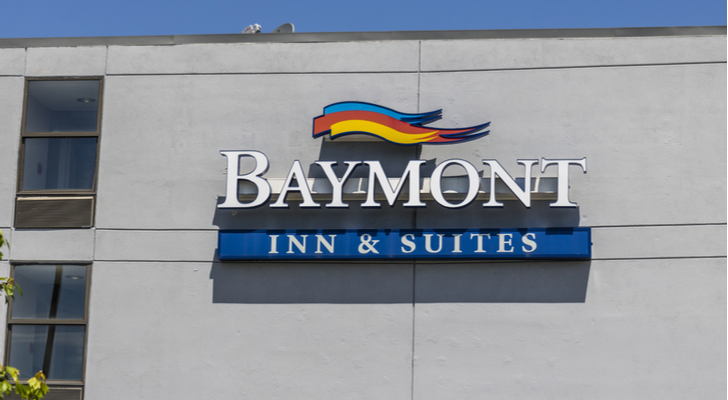
Dividend Yield: 2.4%
Operating one of the largest networks of hotel rooms in the world, Wyndham Worldwide Corporation (NYSE:WYN) announced in 2017 that it would spinoff the hotel group from its vacation ownership and vacation rental business, to create two independent publicly traded companies.
The separation is expected to happen any day now. Shareholders of WYN will get a pro rata distribution of the new hotel company’s stock.
As part of this move, it announced more of its hotel brands will get the “by Wyndham” moniker added to their nameplates. A total of 12 hotel brands are receiving the change including Super 8, Days Inn and the more upscale Dolce brand.
Why am I recommending a stock set to split in two?
Empirical evidence suggests that spinoffs often before better post-spin than pre-spin. In this case, Wyndham is taking a risk by adding its name to some of its value brands, but the company is boosting its franchise operations by 20% to ensure that all of its hotels are meeting the Wyndham standard.
InvestorPlace’s Lawrence Meyers recently commented that Wyndham’s hotels have occupancy rates of 60-64% compared to 75% for its peers.
By separating the hotel group into its own independent company, you can expect Wyndham to have a laser-like focus in the future on higher standards.
That bodes well for both stocks, post-split.
Best Retirement Stocks: Snap-on (SNA)

Dividend Yield: 2.3%
Last August, I recommended that investors forget about Snap Inc (NYSE:SNAP) stock and buy Snap-on Incorporated (NYSE:SNA) instead.
Before I get into why I like the hand and power tools, let me just say that both stocks have been on a wild ride since my article.
SNAP, which I recommended you stay away from, was trading around $14.50 on August 22, 2017, the date of the article. It bounced around this price until February when it spiked to almost $21 on news it was adding users. It has since come back to where it was trading last August.
Nothing’s changed. I still don’t like the stock.
As for SNA, it basically did the same, going from $142 in August all the way to $184 in mid-January, only to be felled by a weak fourth-quarter earnings report. Now, it too is back where it was last August.
The biggest concern from analysts is that the company’s non-financed tool purchases are slowing meaning the company’s financial services business is propping up sales, something I recommended investors keep an eye on.
Why do I still recommend it as one of the best retirement stocks to own?
Because every company goes through cycles where business is booming. Now isn’t one of those times but it also isn’t terrible either.
The automotive repair business isn’t sexy, I’ll grant you. But given the average age of cars on the road is still pretty high, the company’s customers (tool buyers) are going to have plenty of cars to fix in the years ahead.
Five years ago, I might have been concerned that its tool business was losing a few sales. However, its three operating businesses provide the company with a much greater balance to see its way through the hiccups every business goes through.
Snap-on hasn’t traded this low very often over the last few years. Buy now and ride them to retirement.
Buffett just went all-in on THIS new asset. Will you?
Buffett could see this new asset run 2,524% in 2018. And he's not the only one... Mark Cuban says "it's the most exciting thing I've ever seen." Mark Zuckerberg threw down $19 billion to get a piece... Bill Gates wagered $26 billion trying to control it...
What is it?
It's not gold, crypto or any mainstream investment. But these mega-billionaires have bet the farm it's about to be the most valuable asset on Earth. Wall Street and the financial media have no clue what's about to happen...And if you act fast, you could earn as much as 2,524% before the year is up.
Click here to find out what it is.
Source: Investor Place


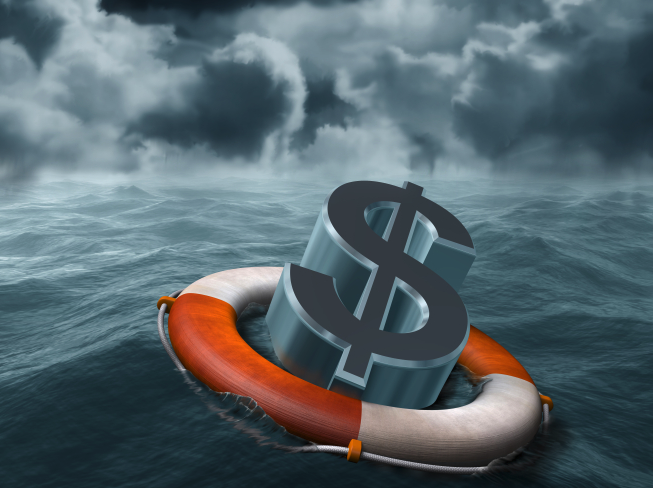

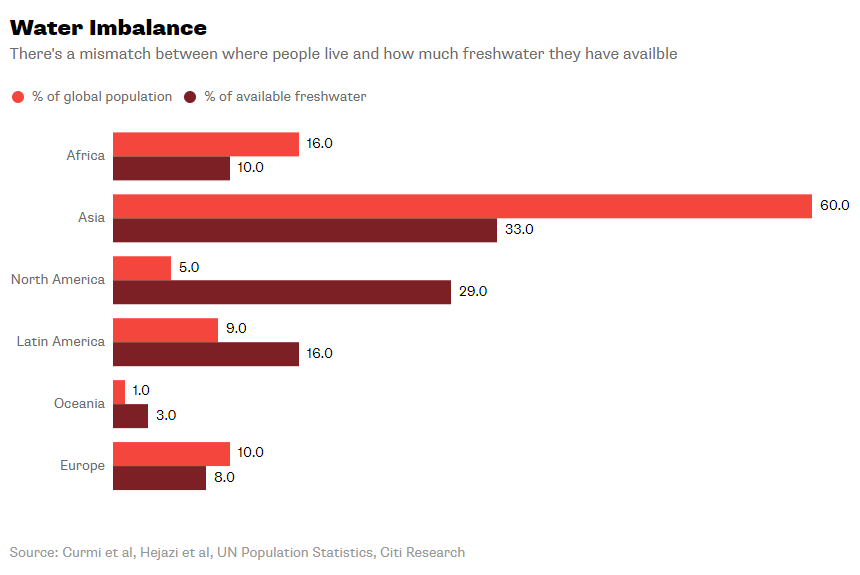
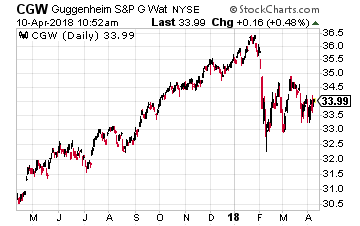 So how can you invest in water? The broadest way is through an exchange traded fund. There are five such ETFs that are available to you. The one I like the most is the former Guggenheim S&P Global Water Index ETF, which is now controlled by Invesco and is called the PowerShares S&P Global Water Index Portfolio (NYSE: CGW).
So how can you invest in water? The broadest way is through an exchange traded fund. There are five such ETFs that are available to you. The one I like the most is the former Guggenheim S&P Global Water Index ETF, which is now controlled by Invesco and is called the PowerShares S&P Global Water Index Portfolio (NYSE: CGW).